 This post is written by Passionate Homemaking’s monthly contributor, Ann Dunagan.
This post is written by Passionate Homemaking’s monthly contributor, Ann Dunagan.
As contemporary Christian women, there’s a deep or perhaps quiet desire inside of us that longs to fulfill a noble purpose. Somehow, we want our simple lives to make a godly difference in our hurting world. We know there are many international needs; and as women of compassion and love, we hope and pray that God’s mission and plan for our lives will somehow make an impact.
Yet at the same time . . . many of us are moms.
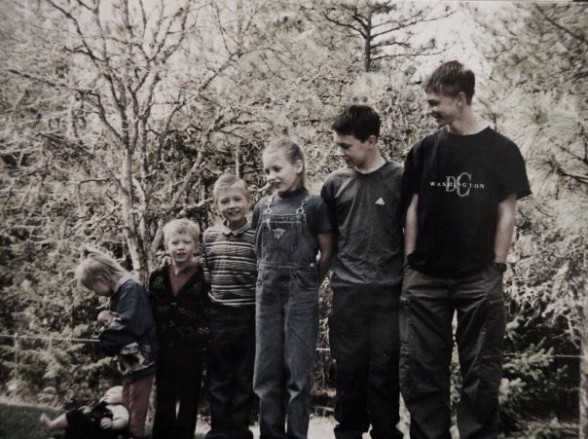
With little ones, or bigger ones, continually needing our motherly attention, we sometimes wonder about our world-impacting ideas. How do we stay in submission to God’s calling on our lives as mothers, and as wives, and as homemakers . . . while at the same time, never forgetting that there’s a lost and dying world out there?
As a longtime homeschooling mother of seven, with a huge heart for world missions, this has been my constant prayer; and over the years, He has shown me a word that has helped.
Have you ever stopped to realize that the only difference between “submission” and “mission” is that little prefix, “SUB.”
SUB: This simple little prefix means “under, beneath, or below,” but the ramifications of these three humble letters are huge.
As mothers, our daily submission to God, and our willingness to surrender to what He desires to accomplish “under the surface” directly corresponds to how (and to what extent) we will eventually fulfill God’s overall purpose for our lives.
In his classic devotional, The Practice of the Presence of God, Brother Lawrence states, “Trust in God and surrender totally to Him. He will not deceive us. Never tire of doing even the smallest things for Him because He isn’t impressed with the dimension of our work as with the love in which it is done.”
It may sound more important to dream about boarding an internationally-bound 747, or to imagine doing something benevolent or “big” in some prestigious foreign city; but right now, that might not be the most strategic decision for God’s long-term plan for your family, or for the world. As Christians, we’re all called to participate in God’s global and eternal purposes (through our continual giving and praying for world missions); yet God’s specific call for your family to fully obey and to completely surrender, at this moment in time, could be far-simpler than your “big” idea, yet possibly more-challenging to follow.
God’s mission-for-the-moment could be to get everybody together after dinner to read a chapter in the Bible; or maybe it’s to collectively tackle that horrible-looking laundry pile; or perhaps it’s for a slightly-stressed mommy to put a “pause” on a far-too-busy afternoon, just to snuggle on the couch with our precious kiddos and a fun storybook.
Imagine a naval submarine advancing silently beneath the ocean’s surface. Without sonar or satellite detection, its underwater movement is practically unseen and unheard; yet all the while, this battle-ready vessel is moving toward its future destination and assignment. In the same way, our families can focus on submitting our hearts toward God, and moving steadily and progressively toward His purposes. Even if no one else notices the little things we do as mommies, and the little changes in our development and character, God sees. And He knows exactly where we are.
God has not forgotten you, and He will not forget your family, or the dreams He has given to you, not only as a mother, but as a woman, and as a servant of God.
SUB-mission to God’s purposes involves every area of our family life: the individual development of each family member (spiritually, mentally, physically, and financially), our marriage and our unity as a husband and wife, our callings as moms and dads and sons and daughters, our daily disciplines in home-management, as well as our growth in church ministries and servanthood, and our co-operative “mission” and eternal purposes as a family.

As we allow God to refine those secret and hidden places in our hearts, we can trust that He will fulfill all of His promises to us as family, and to each of us as individuals . . . in His timing.
A Prayer for SUB-mission:
Dear Heavenly Father, help me to surrender to the plans that you have for my life today, and the purposes that you have for our family. Forgive me for those times when I’ve tried to impress others, by having our family “look good” or to be noticed (for my sake). Lord, deep in my heart, I know that glorifying You is all that matters. By your grace, I want to be willing to do anything, and willing to go anywhere; but help me to keep a joyful heart when all you desire is simple obedience in the little things. In Jesus’ Name, Amen.
“For God is not unjust to forget your work and your labor of love which you have sown towards His name . . .” (Hebrews 6:10).

Ann Dunagan is a longtime homeschooling mother of 7 (ages 9 to 23, with 3 graduates), an international speaker with Harvest Ministry, co-founder of two orphanages in East Africa (caring for over 700 children), and author of several books including The Mission-Minded Family. With a passion for the Lord and the lost, Ann motivates families for world missions.
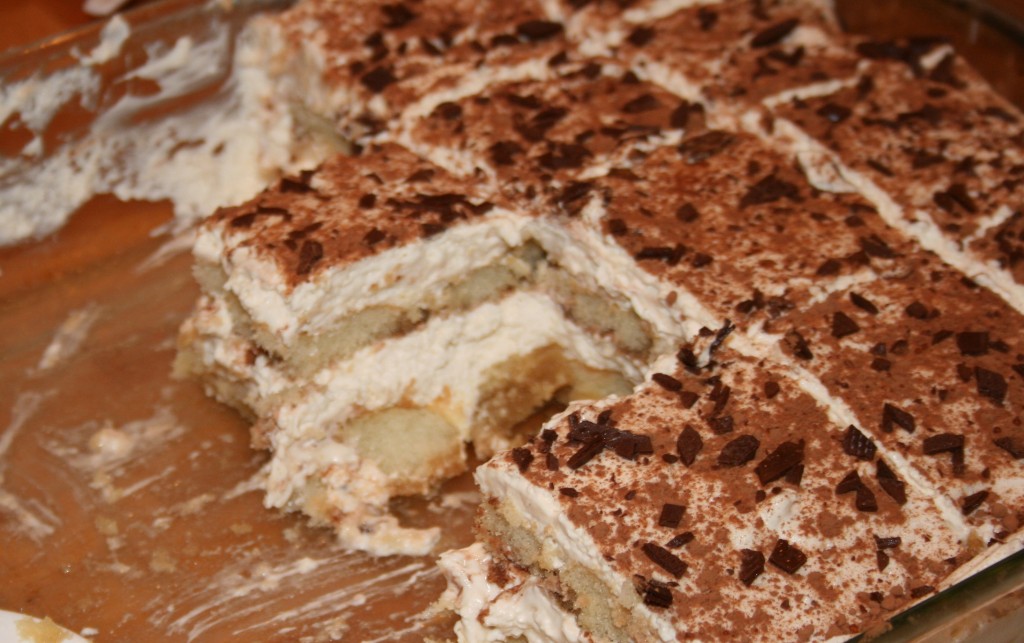 I am sneaking in a delicious and yet unhealthy dessert today!
I am sneaking in a delicious and yet unhealthy dessert today! ![]() I was inspired to learn how to make Tiramisu due to my Italian roots. This is an all-time favorite dessert for those special occasions. Life is too short not to enjoy such delicacies every once in a while, and we enjoy these splurges immensely. It is amazingly scrumptious, light, and yet not overly sweet. Perfect balance of sweetness, rich coffee and smooth brandy flavor soaked in ladyfingers. I made this recently for my brother-in-law’s engagement party and it received rave reviews!
I was inspired to learn how to make Tiramisu due to my Italian roots. This is an all-time favorite dessert for those special occasions. Life is too short not to enjoy such delicacies every once in a while, and we enjoy these splurges immensely. It is amazingly scrumptious, light, and yet not overly sweet. Perfect balance of sweetness, rich coffee and smooth brandy flavor soaked in ladyfingers. I made this recently for my brother-in-law’s engagement party and it received rave reviews!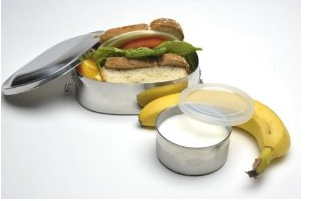 Katie asked: I remember you mentioning a while back that you would be packing your husband’s lunch for work as he is no longer working from home. Have you found and nourishing, frugal lunchtime menus that pack well and that your husband enjoys? If so, I would love to see a post on that subject and I’m sure there are others who will as well!
Katie asked: I remember you mentioning a while back that you would be packing your husband’s lunch for work as he is no longer working from home. Have you found and nourishing, frugal lunchtime menus that pack well and that your husband enjoys? If so, I would love to see a post on that subject and I’m sure there are others who will as well!
 This post is written by Passionate Homemaking’s monthly contributor,
This post is written by Passionate Homemaking’s monthly contributor, 


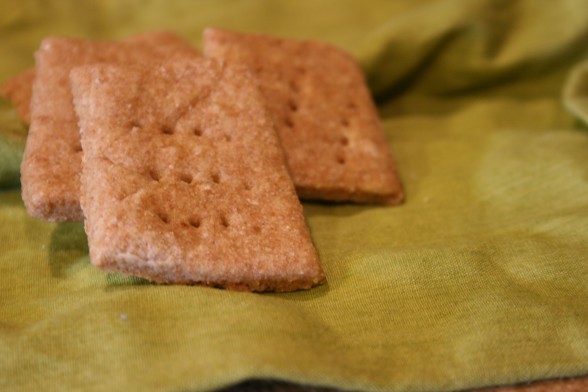 My kiddos love having homemade crackers to munch on during snack time or as an excellent clean food option for traveling. We have greatly enjoyed
My kiddos love having homemade crackers to munch on during snack time or as an excellent clean food option for traveling. We have greatly enjoyed 
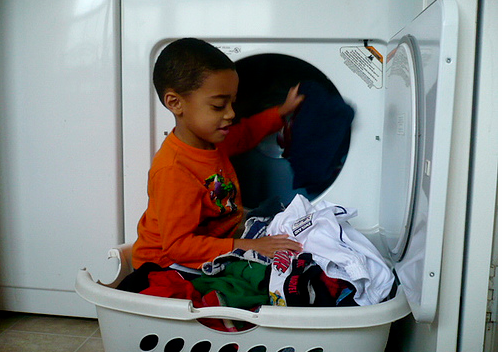

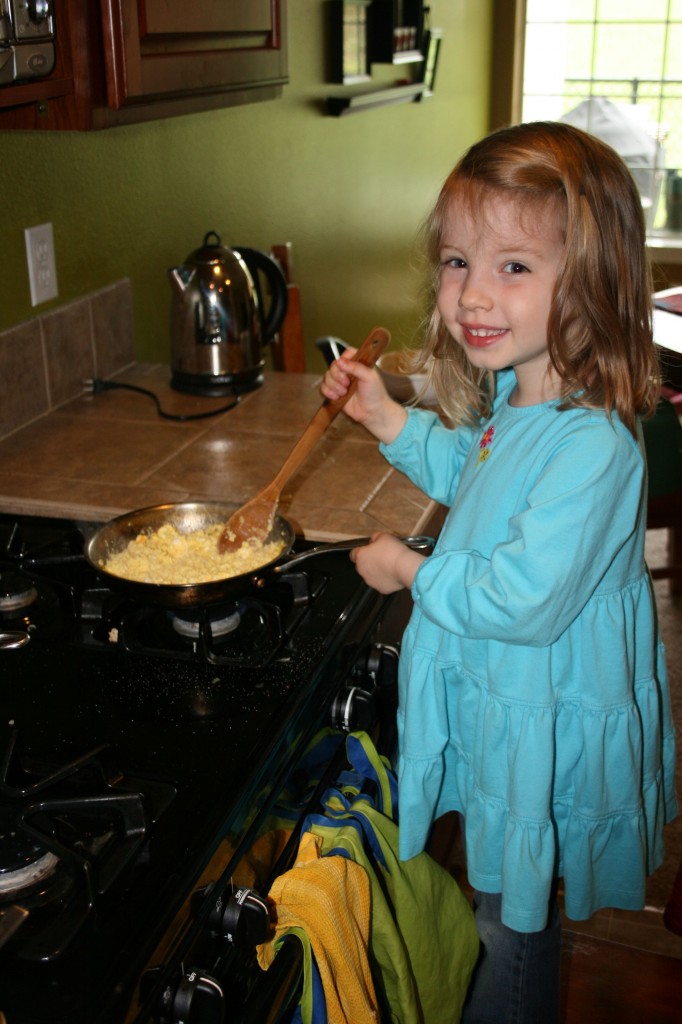 There is much opportunity to teach mathematics and scientific skills in the kitchen while teaching your little ones how to cook and bake. Arrange your kitchen in such a way that the plates, bowls, silverware are at a reachable height for the little one. This will enable them to help uploading the dishwasher and setting the table.
There is much opportunity to teach mathematics and scientific skills in the kitchen while teaching your little ones how to cook and bake. Arrange your kitchen in such a way that the plates, bowls, silverware are at a reachable height for the little one. This will enable them to help uploading the dishwasher and setting the table.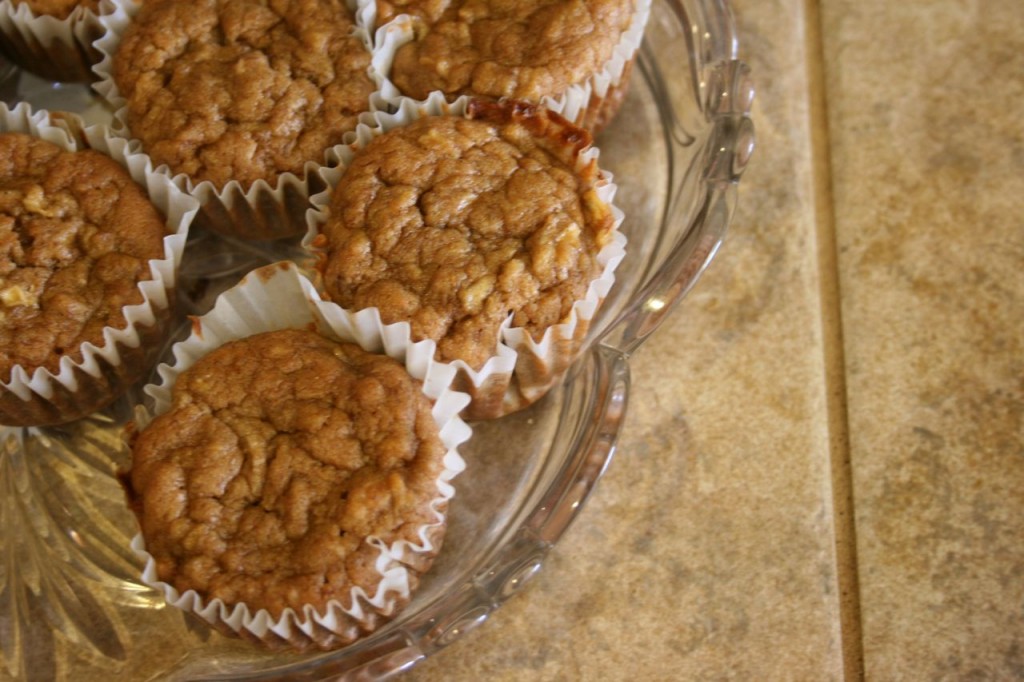 Rich flavor and pleasant sweetness with apple and banana together! This recipe works equally well as a delicious muffin or dressed with a frosting for a yummy cupcake. We made this recipe for both our little ones’ birthdays this year in cupcake form and found it incredibly scrumptious! I have adapted the recipe to be soaked as well (in incorporate the
Rich flavor and pleasant sweetness with apple and banana together! This recipe works equally well as a delicious muffin or dressed with a frosting for a yummy cupcake. We made this recipe for both our little ones’ birthdays this year in cupcake form and found it incredibly scrumptious! I have adapted the recipe to be soaked as well (in incorporate the